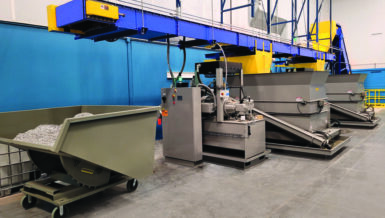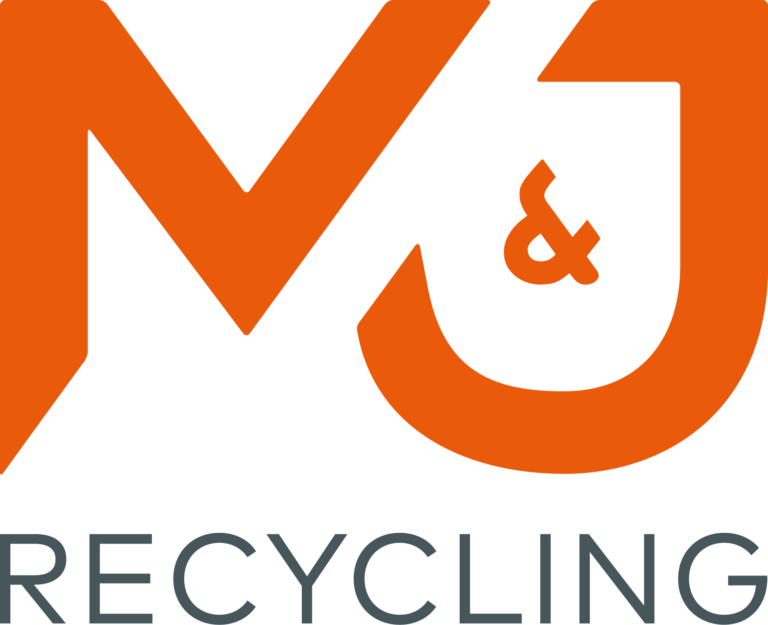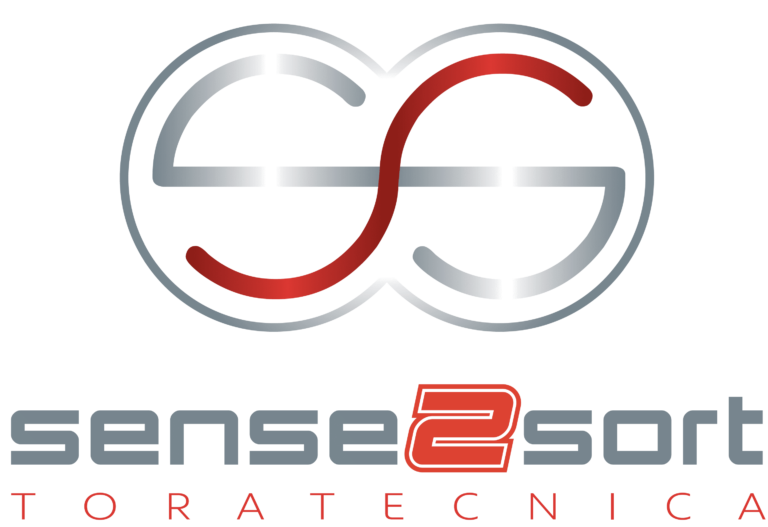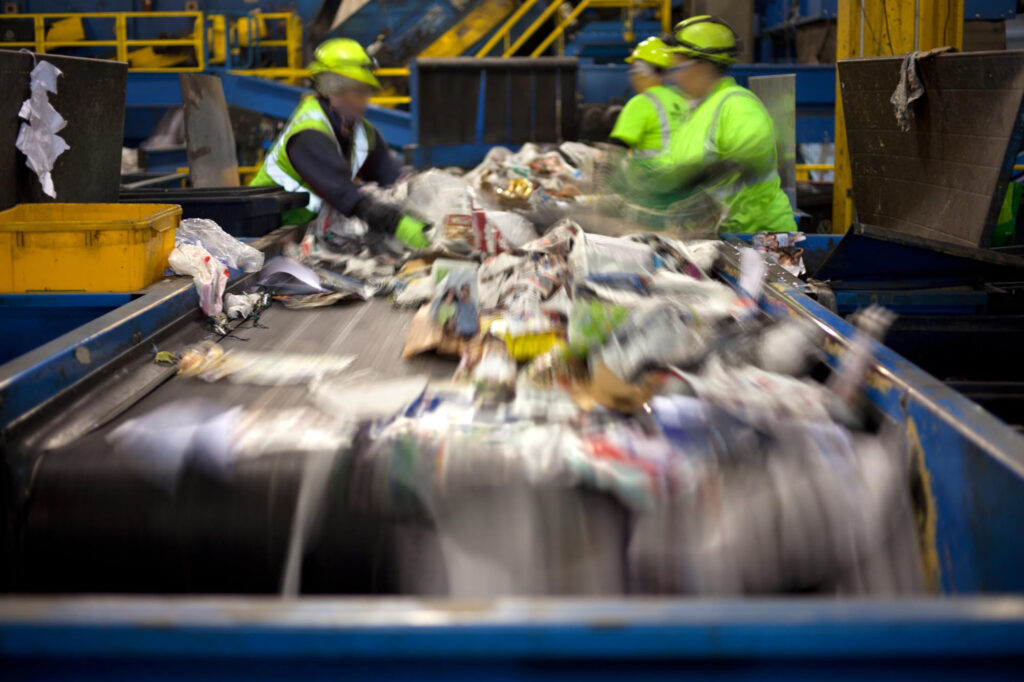In this case, raw sewage is converted into a fertilizer base after heating and distillation in a plant fueled by used cooking oil. The business required a rapid way to track inbound waste inventory while also ensuring outgoing vehicles comply with weight limits on public roads to increase profits by reducing unplanned expenses.
With the ability to track incoming and outgoing weights, Clean-N-Green managers are able to make informed decisions regarding rate of production as it relates to customer demand and supply of raw materials. With too little supply, the facility slows production to a less economical level. Excess supply is equally problematic due to possible downstream supply chain disruptions caused by vehicles serving as auxiliary storage tanks, instead of transporting raw and finished goods.

Intercomp’s LS-WIM System with LS20™ WIM Indicator provides an efficient, reliable solution. The scale system measures axle weights of incoming vehicles loaded with raw sewage and used cooking oil at the facility’s entrance. The system totalizes axle weights to determine gross vehicle weight (GVW) and can instantly document the NET weight of inbound material by utilizing stored tare weights for up to 250 vehicles, each with a unique ID, for later retrieval from the system.

Once sewage is distilled to a more solid form using cooking oil-fueled heating, it is loaded back onto a truck to distribute to fertilizer manufacturers. As trucks leave the Clean-N-Green facility, each driver passes their vehicle over the LS-WIM weighbridge, capturing axle, gross and NET cargo weight. Optional key fobs with individual IDs provide the ability to initialize the system from a distance, increasing productivity. The quantified output helps business managers optimize production while also ensuring each vehicle is compliant with commercial vehicle weight limits.
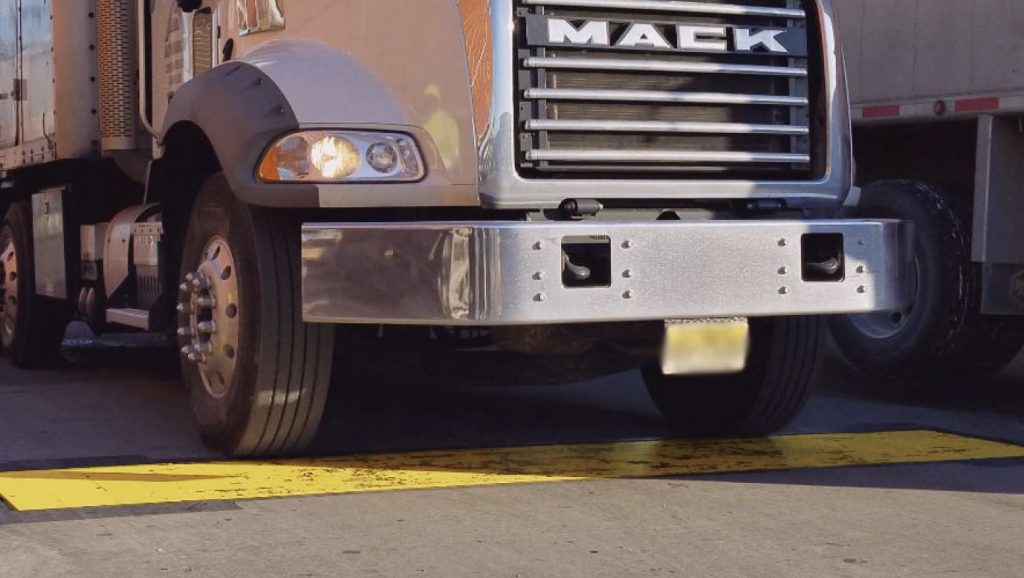
Following installation, Clean-N-Green managers noted a 30% reduction in instances of shortage/excess in raw material at the end of daily production runs. The occurrences of overweight citations also decreased by more than 85%, due in large part to the effective vehicle weight screening at the plant.




